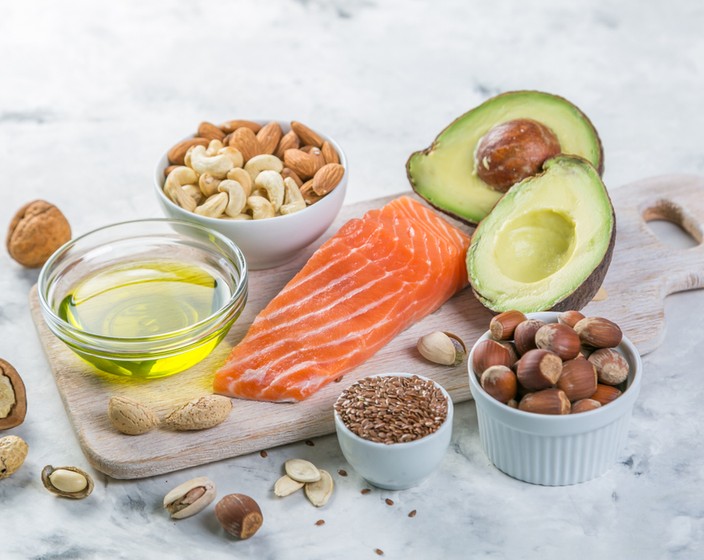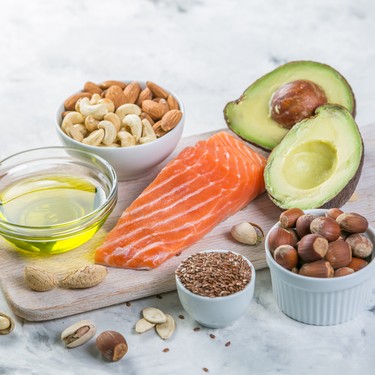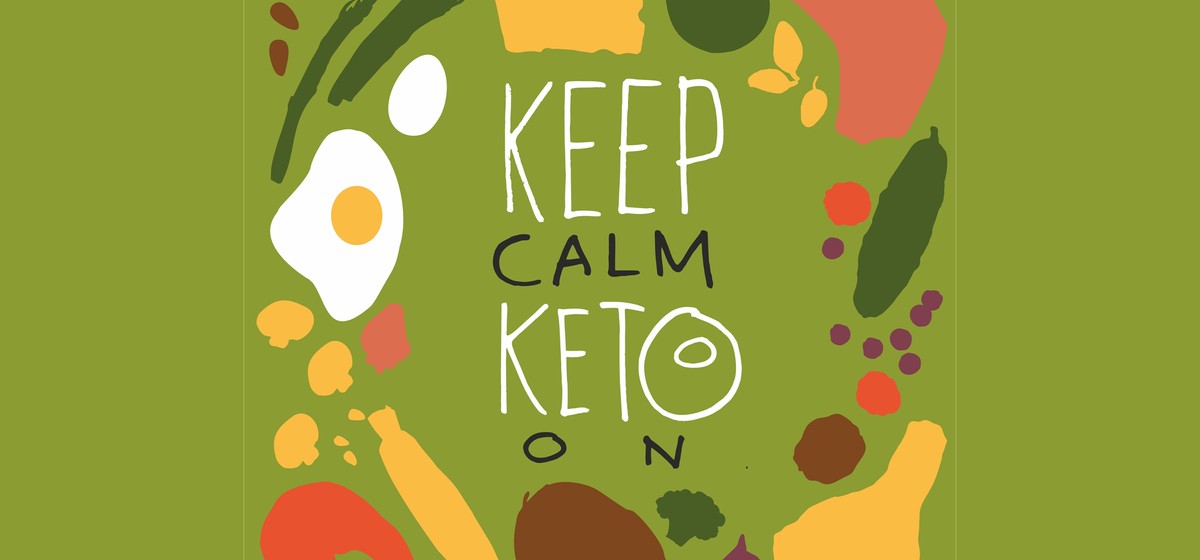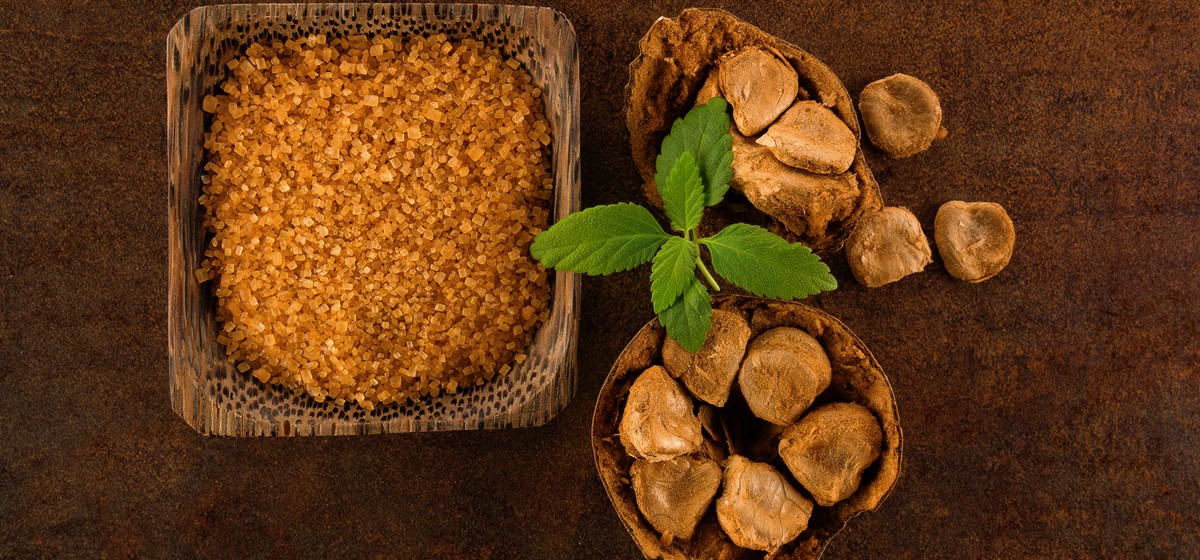A to Z Guide to Confusing Keto Friendly Ingredients Part 2




If you have not yet seen Part One of this essential glossary, find it HERE.
‘Fathead dough’ is not a mean insult exclusively used by the Keto society. It’s literally a type of dough that is gluten-free, low-carb, and keto-friendly (see how inclusive it is!). It also tastes just what you’d expect a regular thin-crust pizza or a bagel to taste like. The texture is also in no way different from the carby treats we love. Chances are you might have had it before and had no idea it was low-carb… one of the best things you’ll ever discover.
Even if (‘when’ is probably more realistic) I leave my newfound low-carb life, this Everything Fathead Bagels will not leave me.
One more amazing superfood with a long list of health benefits. It’s basically all-fiber, so great for digestion, and fits the Keto dietary requirements. And it’s one of the best foods for weight loss as well!
Thanks to ground flaxseed, which is another type of gluten-free and low-carb flour, there’re even more delicious meals to add to choose from and still stay on track.
There are No Flour Keto Crackers (so good with cream cheese and smoked salmon), easy Keto Pasta (that is not made out of zucchini), more options for Pancakes, and Sourdough Bread (and you don’t have to convince yourself it kind of tastes like bread).
Because Keto is not only low-carb but also allows fats, it might be easy to go a bit crazy with butter. It is allowed, and it’s easy to cook with, so what’s the problem? Well, we still need to remember about our cholesterol, and butter tends to affect that negatively. But no problem, cause we have GHEE!
Ghee is basically clarified butter, yet thanks to the high concentration of omega-3s, it affects the cholesterol levels positively and can actually reduce them. For that reason, ghee is a convenient choice for a go-to cooking fat while on the Keto diet.
On a side note, if you’re into Indian food, you definitely know about ghee; it is one of the most common elements of Indian cuisine.
And in case you were wondering, it’s also very easy to DIY Ghee as well.
This one is simple - it’s just abbreviated heavy whipping cream, which is used in Keto recipes a lot. You will often see it in recipes for soups, sauces and it is also used in coffee instead of milk. For some reason, those who follow the Keto diet refer to it as HWC.
Abbreviating seems to be a keto trend. It’s like a secret code if you’re not a member.
“I just love HWC and MCT* in my BPC!”
“Since I went SKD my BF and BS are down, I’m never going back to SAD*.”
“Another NSV to celebrate today, KCKO!”

Translation:
“I just love heavy whipped cream and medium-chain triglycerides in my bulletproof coffee!”
“Since I went on a standard keto diet my body fat and blood sugar are down, I’m never going back to the standard American diet.”
“Another non-scale victory to celebrate today, keep calm and keto on!”
Jicama is a root vegetable, also known as Mexican yam or Mexican turnip. It tastes kind of like an apple potato hybrid but isn’t sweet and has more of a nutty flavor. It’s rich in fiber and keto-friendly.
And the best thing about it is that it made keto-friendly fries possible. Meet Jicama Fries! It is a total game-changer! Salty, savory, crunchy, everything you’ve been missing! It’s not just a potato substitute, you might like jicama even better.
It totally works in soup and stir-fries as well! And with the help of HWC and a bit of ghee, you get the creamiest, most delicious keto mash!
Kohlrabi is another unique root vegetable that should get more popularized. It is pretty common in Germany and is also known to some as German turnip. It’s cousins with broccoli, Brussel sprouts, and cauliflower but tastes quite different.
Keto and low-carb diet followers love it because it can also be used as an alternative to potatoes. Kohlrabi Fritters, for example, taste simply fantastic! A healthy, crunchy, and flavorful low-carb appetizer.
MCT stands for medium-chain triglycerides. MCT oils are pure quality fats that give you more energy, better mental performance, and reduce your food cravings. The main reason it is so widely used in the Keto diet is that it can either help you get into or stay in ketosis (that magical state when your body turns into a fat-burning furnace).
MCT oil can help because it gives your body extra ketones (something your liver naturally produces when you don’t have enough insulin to turn sugar into energy and use fat as an alternative source). So extra ketones are supposed to help with the fat-burning even more. It sounds complicated, I know. It basically can kick-start your metabolism.
MCT oils can be taken as a supplement but are also the main ingredient in the trendy bulletproof coffee you just read about a bit earlier. You could also add it to your salads, smoothies, or other beverages.
They were named after the monks who cultivated it centuries ago. Monk fruit, also known as lo han guo or Swingle fruit, is a small round fruit native to southern China. Monk fruit sweeteners are created by removing the seeds and skin of the fruit, crushing the fruit, and collecting the juice. The fruit extract, or juice, contains zero calories per serving.
It does have a slight aftertaste, but I found it more pleasant than some other sweeteners I've tried.

Psyllium is mainly used as a dietary fiber to relieve constipation and mild diarrhea symptoms and occasionally as a food thickener.
It is most often used as a low-carb flour in bread and other baked goods. When Psyllium Powder is combined with liquid, it gels and becomes an elastic dough. The powder acts a lot like the gluten that is missing in low-carb flours like almond and coconut flour.
Shirataki noodles are made from a substance called glucomannan that comes from the konjac root. Glucomannan is a soluble fiber that absorbs a lot of water. Noodles made from glucomannan flour are actually about 3% fiber and 97% water, so it's easy to see why they are low in calories. Konjac is native to eastern Asia. There are many low-carb keto-friendly pasta options you can check out.
Stevia is a natural sweetener and sugar substitute derived from the leaves of the plant species Stevia rebaudiana, native to Brazil and Paraguay.
It's about 100 to 300 times sweeter than table sugar, but it has no carbohydrates. Stevia is probably the healthiest option, followed by xylitol, erythritol.
Swerve Sweetener is a sugar replacement made from the natural ingredients erythritol, oligosaccharides and natural flavors, though it's unknown what exact sources the manufacturer uses to make the latter. It's calorie-free and doesn't raise blood sugar or insulin levels
Unlike other natural sweeteners like stevia, it has no bitter aftertaste and measures just like sugar.
Turn over any gluten-free baked goods package, and you’ll likely see xanthan gum on the ingredient panel. Seeing the word “gum” on your food label may give you pause, but ingredients like xanthan gum are more common than you may think.
They’re beneficial for replacing the cohesive nature of gluten. In traditional baked goods, the gluten found in wheat helps to hold all the ingredients together.
This functionality makes it a valuable ingredient for manufacturers looking to avoid common allergens like eggs and wheat.
I know the chances are that you are familiar with this one. Still, I had to include it as it is my absolutely favorite hybrid food name (It goes zoodles, chaffles, s’moreos for me) and also my favorite low-carb pasta alternative.